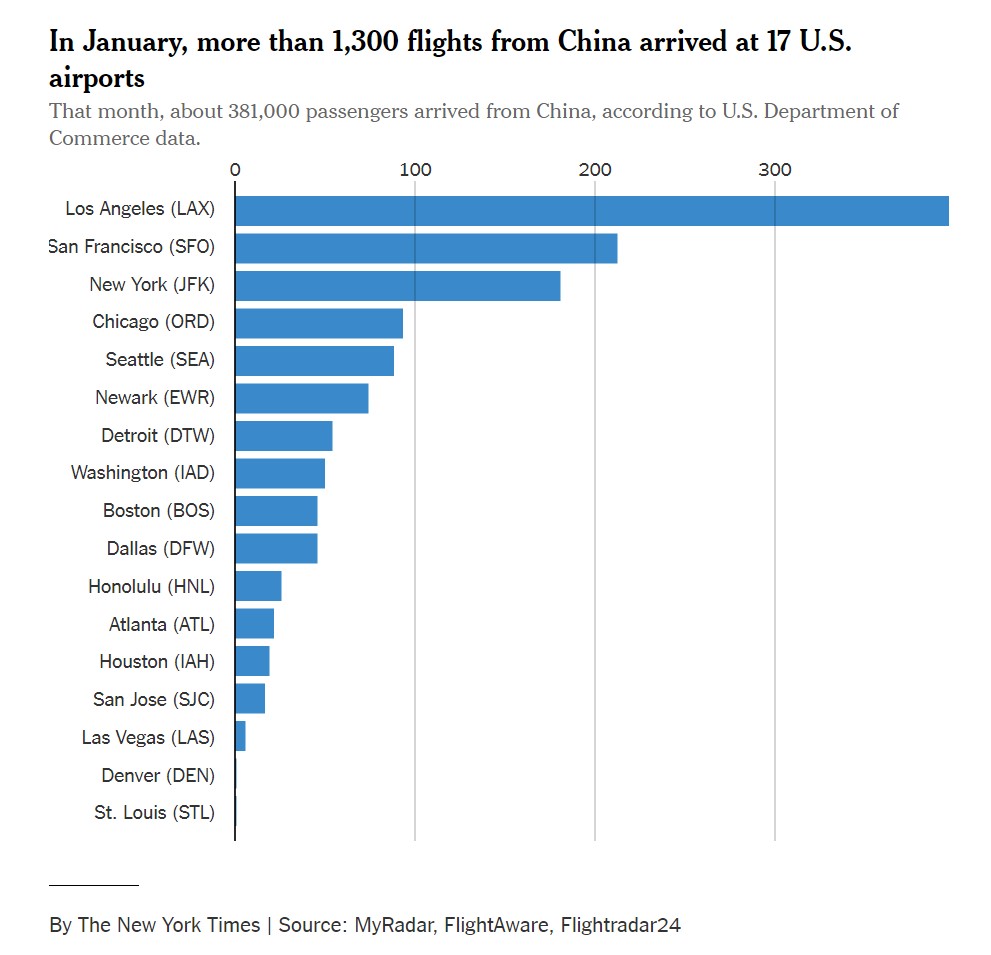What Is Up with the Swedish Model?
Is this the Swedish model we want? Well, It's been a long time since I wrote. I started the blog because I felt the news coverage I saw wasn't showing the real story, namely that the stats presented were done very poorly. Virtually nowhere did I see anyone provided context for the numbers, specifically what the per capita infection rates were as opposed to absolute numbers of infections. The blog showed me (and anyone else who was interested) that the outbreaks were bad in some areas not being covered, and that they were not so bad in other areas that got a lot of attention. But eventually I stopped writing, because of two reasons. One was that some news services started doing a much better job of putting together the data in more meaningful ways. Another is that things seemed to be going pretty well, nationwide. Almost every state had some sort of official "lockdown" orders, and overall the rate of new case increase was dropping pretty much everywhere in the ...
